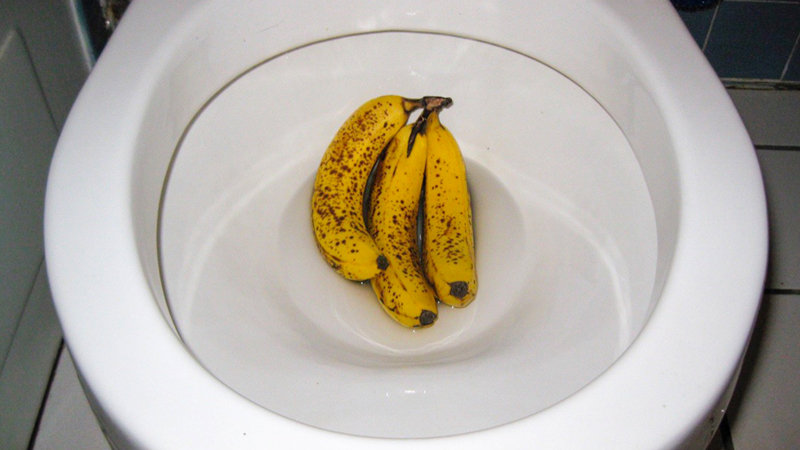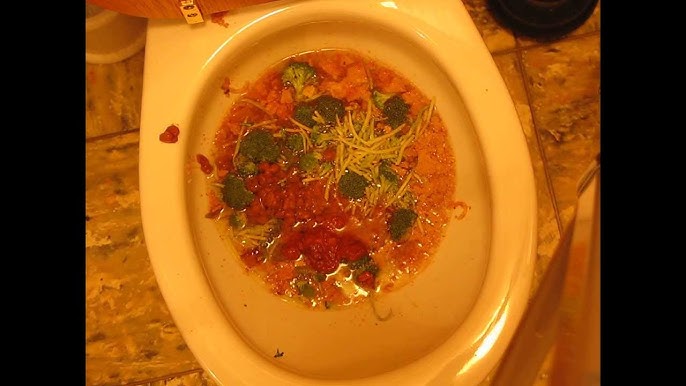Are You Capable to Flush Food in the Toilet?
Are You Capable to Flush Food in the Toilet?
Blog Article
We've unearthed this post relating to Flushing Food Down the Toilet? directly below on the internet and concluded it made sense to share it with you in this article.

Introduction
Many people are frequently faced with the predicament of what to do with food waste, particularly when it comes to leftovers or scraps. One typical question that develops is whether it's all right to purge food down the commode. In this short article, we'll explore the reasons that people might think about flushing food, the repercussions of doing so, and alternative techniques for proper disposal.
Reasons individuals may think about purging food
Lack of recognition
Some individuals may not recognize the possible harm triggered by purging food down the commode. They may wrongly think that it's a harmless practice.
Comfort
Purging food down the toilet may appear like a fast and easy service to taking care of unwanted scraps, especially when there's no nearby trash bin offered.
Negligence
In many cases, individuals might just choose to flush food out of large negligence, without considering the effects of their activities.
Consequences of flushing food down the bathroom
Environmental influence
Food waste that winds up in waterways can add to contamination and injury water communities. Additionally, the water utilized to flush food can stress water resources.
Plumbing concerns
Flushing food can bring about blocked pipelines and drains pipes, creating pricey plumbing fixings and troubles.
Sorts of food that need to not be purged
Coarse foods
Foods with coarse appearances such as celery or corn husks can get entangled in pipelines and create clogs.
Starchy foods
Starchy foods like pasta and rice can soak up water and swell, causing obstructions in pipelines.
Oils and fats
Greasy foods like bacon or cooking oils ought to never ever be purged down the bathroom as they can strengthen and trigger obstructions.
Correct disposal techniques for food waste
Utilizing a waste disposal unit
For homes equipped with garbage disposals, food scraps can be ground up and purged through the pipes system. Nonetheless, not all foods are suitable for disposal in this manner.
Recycling
Specific food packaging materials can be recycled, minimizing waste and reducing ecological influence.
Composting
Composting is an environment-friendly means to get rid of food waste. Organic materials can be composted and utilized to enrich soil for gardening.
The significance of proper waste management
Decreasing environmental harm
Proper waste monitoring methods, such as composting and recycling, help lessen air pollution and protect natural resources for future generations.
Safeguarding pipes systems
By preventing the practice of flushing food down the commode, house owners can stop expensive pipes repair work and preserve the honesty of their plumbing systems.
Verdict
To conclude, while it might be alluring to flush food down the commode for convenience, it is necessary to comprehend the possible repercussions of this activity. By adopting proper waste administration methods and getting rid of food waste responsibly, individuals can add to much healthier plumbing systems and a cleaner environment for all.
FLUSH FOOD DOWN THE TOILET?
FLUSHING FOOD CAN CAUSE BLOCKED DRAINS IN YOUR HOME
All of the plumbing fixtures in your home are connected to the same sewer pipe outside of your home. This outdoor sewer pipe is responsible for transporting all the wastewater from your home to the Council sewer mains. Even small pieces of food that go down the kitchen sink can cause problems for your sewer. It should therefore be obvious that flushing larger bits of food, such as meat, risks a clog in either the toilet itself or the sewer pipes. Flushing greasy food is even more problematic because oil coagulates when it cools, coating the interior lining of your pipes.
THE TOILET IS NOT A BIN
Food isn’t the only thing that people shouldn’t be flushing down the toilet. People use the toilet to dispose of all kinds of things such as tampons, makeup wipes, dental floss, kitty litter and even underwear. Water goes to great lengths to educate residents about the high costs and stress placed on wastewater treatment systems simply from people flushing the wrong stuff down the toilet. It costs taxpayers millions of dollars each year, and homeowners thousands in blocked drain repairs.
FLUSHING FOOD IS A WASTE OF WATER
Flushing food is a waste of our most precious resource - water. In June this year Level 1 water restrictions were introduced to protect water supply from drought conditions. Much of New South Wales continues to be affected by prolonged drought with recent figures revealing up to 97 per cent of the state remains in drought. Depending on whether you have a single or dual flush toilet, every single flush uses between five and 11 litres of water. In the current climate this is a huge amount of water to be wasting on flushing food that should be placed in the bin (or better yet, the compost).
https://www.jabplumbingsolutions.com.au/blog/can-you-flush-food-down-the-toilet

We were guided to that report on through someone on another web blog. In case you enjoyed reading our blog posting kindly make sure you remember to share it. I value reading our article about What Can Happen If You Flush Food Down the Toilet?.
Call Today Report this page